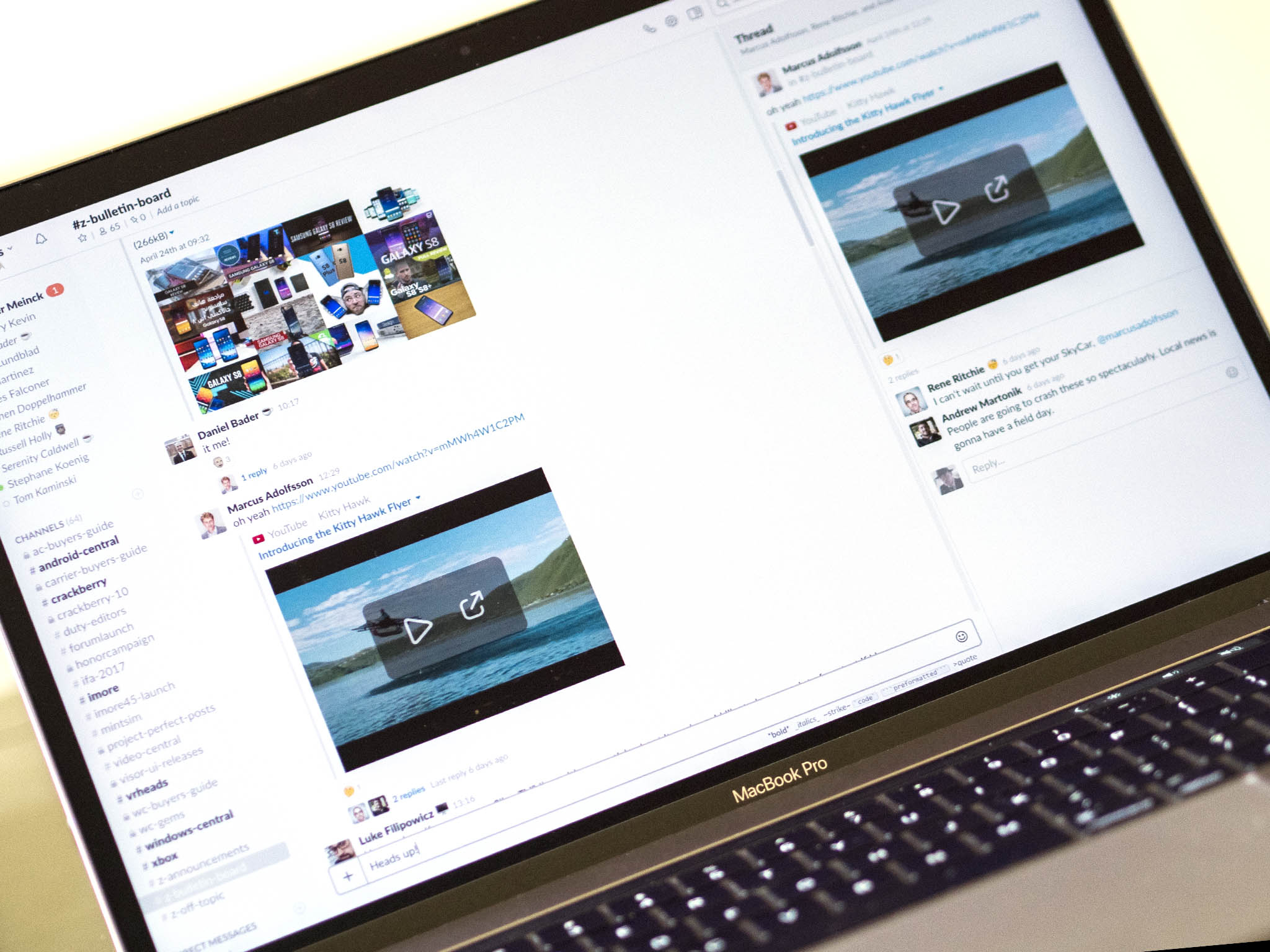How Microsoft killing Edge could help kill native apps

Microsoft is going to ditch EdgeHTML, the rendering engine for its Edge browser, in favor of Google's open source Chromium browser (not to be confused with the productized Chrome browser). Windows Central broke the news almost a week ago and Microsoft has recently confirmed it.
Microsoft originally used Spyglass, then infamously Trident. Google originally used Apple's open source WebKit, based on KHTML, and then forked it into Blink and Chrome.
Mozilla, the organization behind the Gecko engine and Firefox browser, wasn't happy about the reduction in competition and and consumer choice.
So, why is Microsoft doing it?
This isn’t about Chrome. This is about ElectronJS. Microsoft thinks EdgeHTML cannot get to drop-in feature-parity with Chromium to replace it in Electron apps, whose duplication is becoming a significant performance drain. They want to single-instance Electron with their own fork https://t.co/HfAGxvLKb7This isn’t about Chrome. This is about ElectronJS. Microsoft thinks EdgeHTML cannot get to drop-in feature-parity with Chromium to replace it in Electron apps, whose duplication is becoming a significant performance drain. They want to single-instance Electron with their own fork https://t.co/HfAGxvLKb7— SwiftOnSecurity (@SwiftOnSecurity) December 4, 2018December 4, 2018
John Gruber, writing for Daring Fireball:
I don't share the depth of their pessimism regarding native apps, but Electron is without question a scourge. I think the Mac will prove more resilient than Windows, because the Mac is the platform that attracts people who care. But I worry.
Also:
As un-Mac-like as Word 6 was, it was far more Mac-like then than Google Docs running inside a Chrome tab is today. Google Docs on Chrome is an un-Mac-like word processor running inside an ever-more-un-Mac-like web browser. What the Mac market flatly rejected as un-Mac-like in 1996 was better than what the Mac market tolerates, seemingly happily, today. Software no longer needs to be Mac-like to succeed on the Mac today. That's a tragedy.Even Apple, of all companies, is shipping Mac apps with glaring un-Mac-like problems. The "Marzipan" apps on MacOS 10.14 Mojave — News, Home, Stocks, Voice Memos — are dreadfully bad apps. They're functionally poor, and design-wise foreign-feeling. I honestly don't understand how Apple decided it was OK to ship these apps.
What strikes me is that, when you hear defenses for Electron apps, maybe even "Marzipan" apps, it's from program/product managers who value its efficiency and quantity. When you hear criticism, it's from the customers — and developers — forced to use it.
iMore offers spot-on advice and guidance from our team of experts, with decades of Apple device experience to lean on. Learn more with iMore!

Rene Ritchie is one of the most respected Apple analysts in the business, reaching a combined audience of over 40 million readers a month. His YouTube channel, Vector, has over 90 thousand subscribers and 14 million views and his podcasts, including Debug, have been downloaded over 20 million times. He also regularly co-hosts MacBreak Weekly for the TWiT network and co-hosted CES Live! and Talk Mobile. Based in Montreal, Rene is a former director of product marketing, web developer, and graphic designer. He's authored several books and appeared on numerous television and radio segments to discuss Apple and the technology industry. When not working, he likes to cook, grapple, and spend time with his friends and family.
